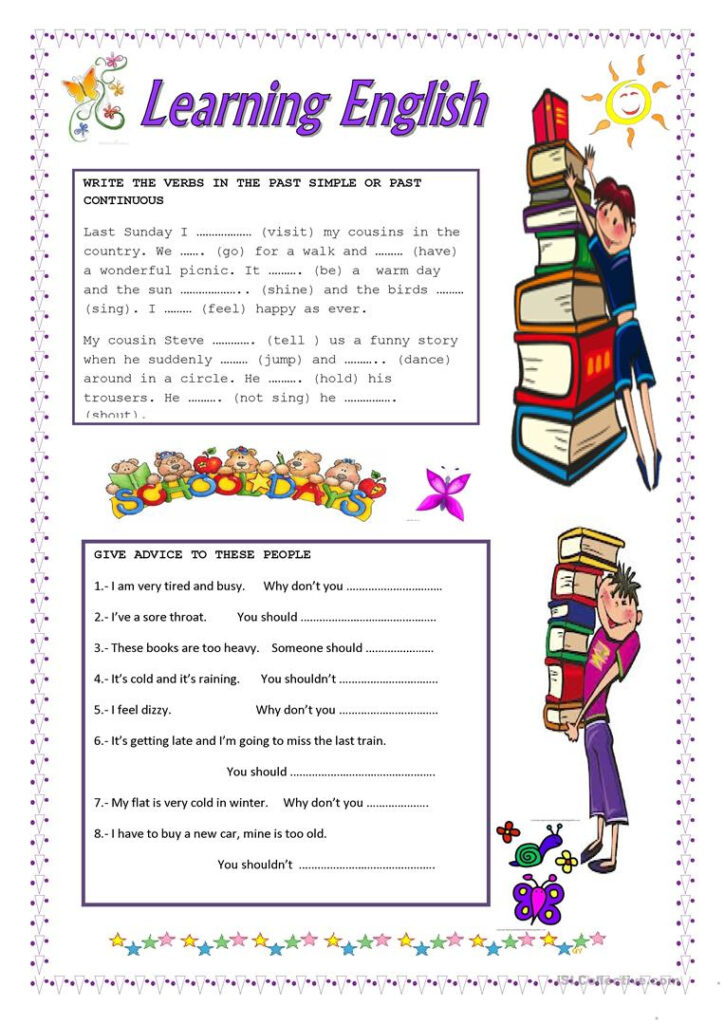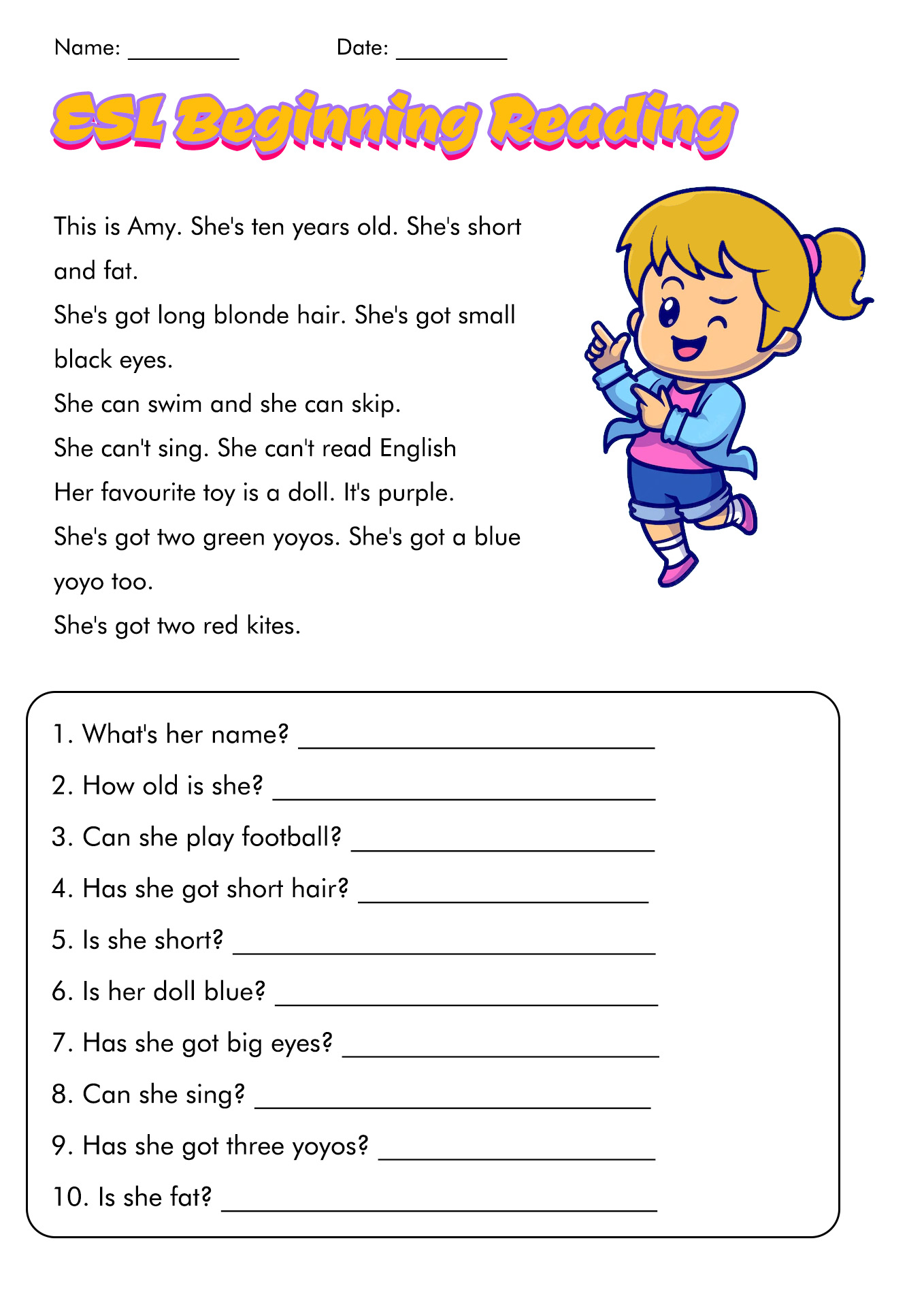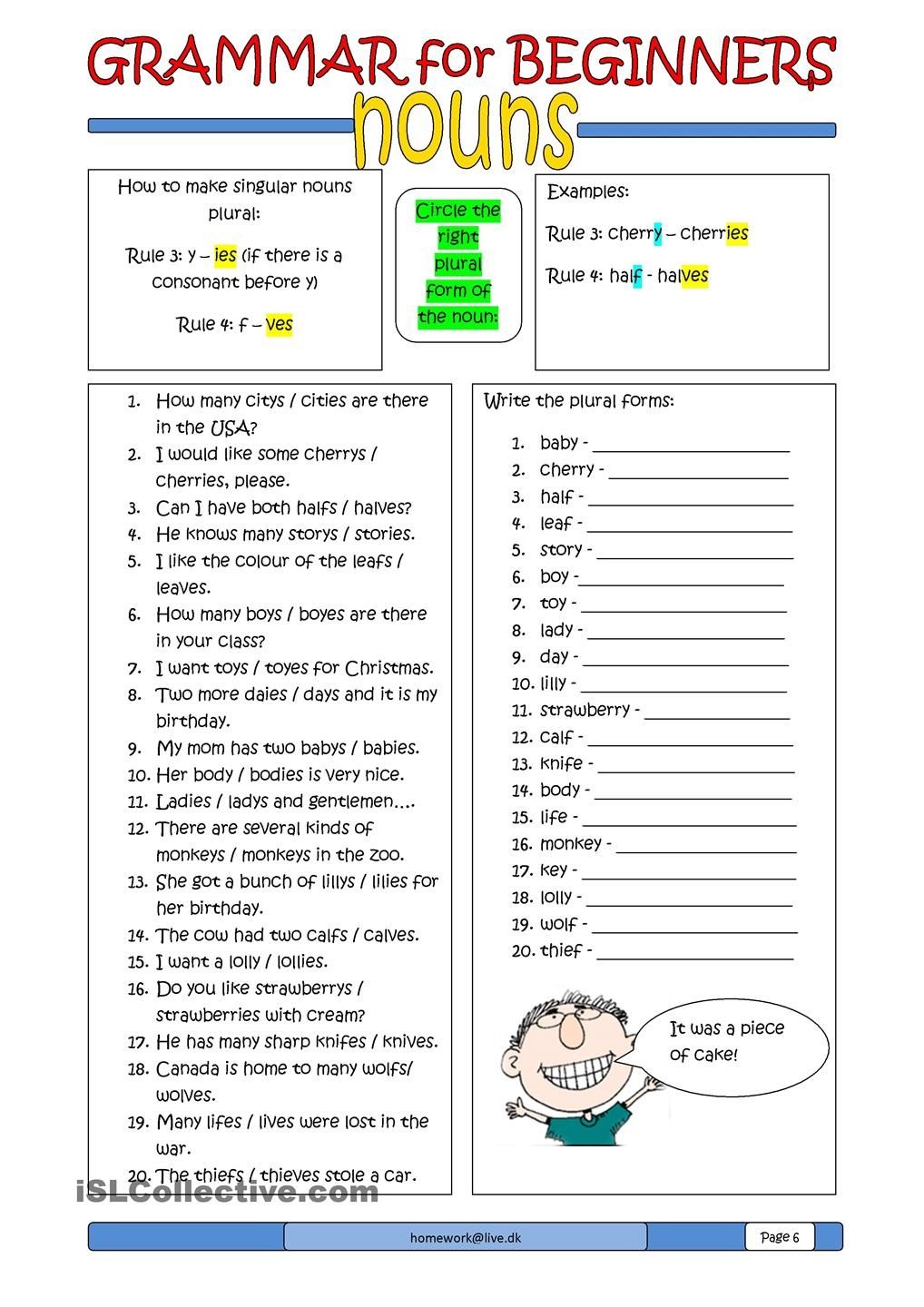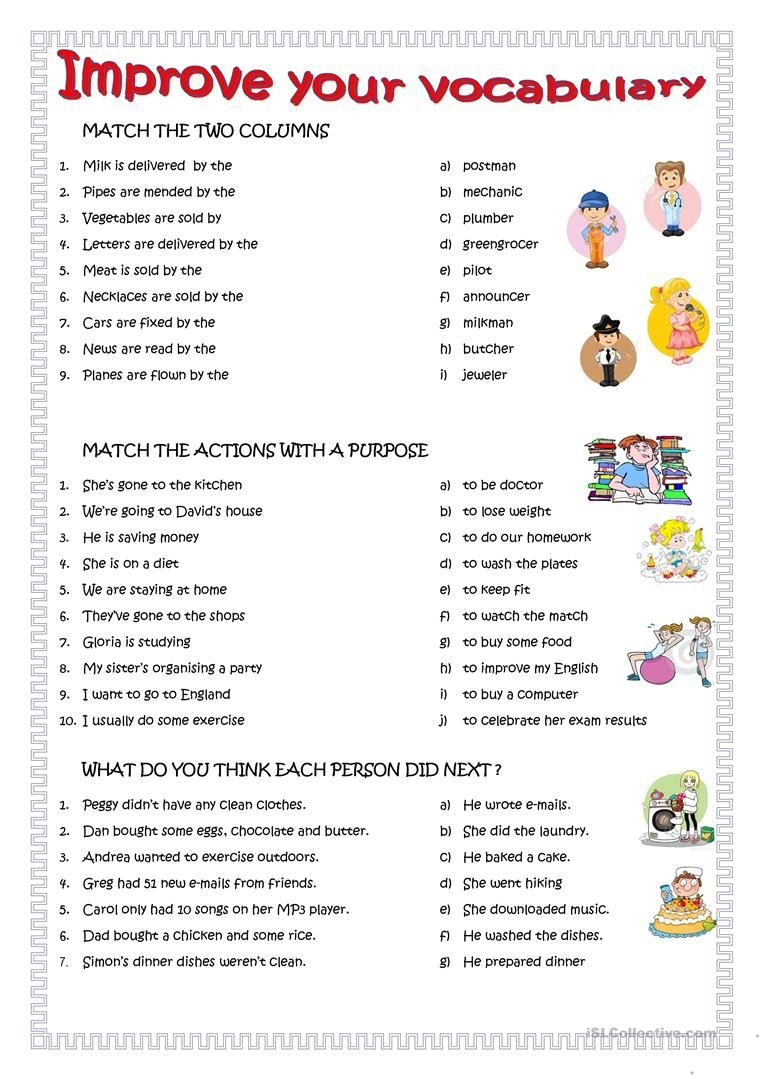
Empowering ESL Education: A Comprehensive Guide to Downloading ESL Worksheets
In the dynamic world of English as a Second Language (ESL) education, teachers are constantly seeking effective, engaging, and accessible resources to facilitate learning. From beginners struggling with basic grammar to advanced learners refining their nuanced vocabulary, the need for high-quality instructional materials is paramount. Amidst a plethora of options, downloading ESL worksheets has emerged as a cornerstone strategy for educators worldwide. These digital resources offer an unparalleled blend of convenience, variety, and cost-effectiveness, transforming lesson planning and classroom delivery. This comprehensive guide delves into the myriad benefits, diverse types, optimal sources, and best practices associated with acquiring and utilizing these invaluable tools.
The Irresistible Advantages of Downloading ESL Worksheets

The decision to download ESL worksheets is not merely a matter of convenience; it’s a strategic choice that empowers educators with numerous advantages:

- Time-Saving Efficiency: Lesson planning can be an arduous and time-consuming process. Instead of creating materials from scratch, teachers can quickly find and download pre-made worksheets tailored to specific topics, grammar points, or vocabulary sets. This significantly reduces preparation time, allowing educators to focus more on teaching methodology and individual student needs.
- Cost-Effectiveness: Many high-quality ESL worksheets are available for free, or at a minimal cost through educational marketplaces. This eliminates the need for expensive textbooks or workbooks, making quality education more accessible, especially for teachers or schools with limited budgets.
- Unmatched Variety and Customization: The internet is a vast repository of ESL materials, offering worksheets for every skill level, age group, and learning style. Whether you need a simple fill-in-the-blanks exercise, a complex reading comprehension passage, or an interactive game, you’re likely to find it. Furthermore, digital formats often allow for easy customization, enabling teachers to adapt content to their specific classroom context or student requirements.
- Engaging and Interactive Learning: Many downloaded worksheets incorporate elements that foster active participation, such as puzzles, crosswords, role-play scenarios, and discussion prompts. These activities go beyond rote memorization, making learning more enjoyable and memorable for students.
- Reinforcement and Practice: Worksheets provide essential opportunities for students to practice and consolidate what they’ve learned. Repetition through varied exercises helps internalize grammar rules, vocabulary, and sentence structures, leading to greater fluency and accuracy.
- Adaptability to Diverse Learning Environments: Whether teaching in a traditional classroom, a one-on-one tutoring session, or an online virtual classroom, downloaded worksheets are highly adaptable. They can be printed for physical distribution or used digitally on screens, interactive whiteboards, or shared platforms.
- Immediate Feedback and Assessment: Many worksheets come with answer keys, allowing for quick self-correction or peer assessment. This immediate feedback loop is crucial for language acquisition, helping students identify and correct their mistakes promptly.




A Spectrum of Resources: Types of ESL Worksheets You Can Download

The utility of downloading ESL worksheets lies in the sheer diversity of materials available. These resources cater to all four core language skills (reading, writing, listening, speaking) and address various linguistic components:
- Grammar Worksheets: These are perhaps the most commonly sought-after. They target specific grammar points such as verb tenses (present simple, past continuous, future perfect), parts of speech (nouns, verbs, adjectives, adverbs), prepositions of place and time, articles, conditionals, reported speech, and passive voice. Exercises typically include fill-in-the-blanks, sentence completion, error correction, sentence transformation, and multiple-choice questions.
- Vocabulary Worksheets: Designed to expand students’ lexicons, these worksheets often focus on thematic vocabulary (e.g., travel, food, work, health), synonyms and antonyms, phrasal verbs, idioms, collocations, and word families. Activities range from matching words to definitions, crosswords, word searches, gap-fill exercises, and creating sentences with new words.
- Reading Comprehension Worksheets: These provide texts of varying lengths and complexities (news articles, short stories, dialogues, informational passages) followed by comprehension questions. Questions can test understanding of main ideas, specific details, inference, vocabulary in context, and critical thinking. They are available for all proficiency levels, from simple sentences for beginners to complex academic texts for advanced learners.
- Writing Practice Worksheets: These guide students through the process of writing, from sentence construction and paragraph organization to essay writing. They might include prompts for descriptive writing, narrative writing, persuasive essays, email writing, letter writing, or even creative writing exercises. Some focus on specific writing mechanics like punctuation, capitalization, and sentence variety.
- Listening Comprehension Worksheets: Often accompanied by audio files (or links to them), these worksheets challenge students to understand spoken English. They can feature dialogues, monologues, news broadcasts, or interviews, followed by questions that test comprehension of details, main ideas, or speaker’s intent. Transcripts are frequently provided for self-correction or analysis.
- Speaking Activity Worksheets: While not always "worksheets" in the traditional sense, many downloadable resources provide prompts and frameworks for speaking activities. These can include discussion questions on various topics, role-play scenarios, debate outlines, picture description tasks, and interview questions, designed to encourage oral production and interaction.
- Pronunciation Worksheets: These focus on specific sounds, stress patterns, intonation, and rhythm. They might include minimal pairs exercises (e.g., "ship" vs. "sheep"), tongue twisters, sentence stress practice, or activities for distinguishing between similar sounds.
- Game-Based Worksheets and Puzzles: To inject fun into learning, many downloadable resources come in the form of games like Bingo, charades prompts, board games, or various puzzles such as crosswords, word searches, and cryptograms, all designed to reinforce language concepts in an enjoyable way.


Where to Find Your Next Resource: Optimal Sources for Downloading ESL Worksheets
The digital landscape offers a wealth of platforms for educators seeking to download ESL worksheets. Knowing where to look can save time and ensure the quality of your resources:
- Dedicated ESL Resource Websites: Numerous websites specialize in providing free and paid ESL materials. Many are run by educational organizations, publishers, or passionate teachers. These sites often categorize worksheets by level (A1, A2, B1, B2, C1, C2), skill (grammar, vocabulary, reading), topic, or age group. Examples include well-known sites offering thousands of printables and interactive exercises.
- Educational Marketplaces: Platforms like Teachers Pay Teachers (TpT) allow educators to buy and sell original teaching materials. Here, you can find highly creative, teacher-tested worksheets, often bundled into comprehensive units. While some resources are paid, many offer free samples or entire free products.
- Publisher Websites: Major ESL textbook publishers often provide supplementary worksheets and activity sheets on their websites, designed to complement their course materials. These are typically high-quality and align with established pedagogical approaches.
- University and NGO Resources: Some universities with strong language departments or non-governmental organizations involved in language education offer free, research-backed materials for public use.
- Teacher Blogs and Personal Websites: Many individual ESL teachers share their self-created materials on their blogs or personal websites. These can be goldmines for unique and practical ideas, often reflecting real-classroom experience.
- Public Domain and Creative Commons Repositories: For older texts or images, public domain archives can be a source. Creative Commons licensed materials allow for reuse and adaptation under specific conditions, providing a legal framework for utilizing content.
Mastering the Art: Effectively Using Downloaded ESL Worksheets
Acquiring a worksheet is only the first step. Effective utilization maximizes its impact:
- Preview and Adapt: Always preview a worksheet before using it. Check if the content, language level, and format are appropriate for your students. Don’t hesitate to adapt, modify, or even combine parts of different worksheets to better suit your lesson objectives.
- Integrate into Lesson Flow: Worksheets can serve various purposes:
- Warm-up: A quick activity to review previous material or introduce a new topic.
- Main Activity: The core practice for a new grammar point or vocabulary set.
- Cool-down/Wrap-up: A short exercise to consolidate learning at the end of a lesson.
- Homework: For independent practice outside the classroom.
- Differentiate Instruction: Not all students learn at the same pace or in the same way. Have a few variations of a worksheet ready (e.g., simpler version, challenge version) or provide additional support for struggling learners while challenging advanced ones.
- Encourage Interaction: Turn individual worksheet activities into pair work, group work, or even whole-class games. For example, instead of just filling in blanks individually, have students work in pairs to complete the exercise and then compare answers.
- Provide Constructive Feedback: Don’t just correct mistakes; explain why something is wrong and guide students toward the correct answer. Encourage self-correction and peer correction.
- Supplement, Don’t Supplant: Worksheets are excellent supplementary tools, but they should not be the sole component of your lesson. Combine them with speaking activities, real-life simulations, multimedia, and communicative tasks to create a holistic learning experience.
Best Practices for Downloading ESL Worksheets
To ensure a smooth and productive experience when downloading ESL worksheets, consider these best practices:
- Verify Credibility and Quality: Before relying on a resource, check the source. Reputable websites, educational institutions, or highly-rated teacher-created content are generally more reliable. Look for clear instructions, accurate language, and professional layout.
- Consider Learner Level and Age Appropriateness: A worksheet designed for young learners will not engage adults, and content too difficult or too easy will frustrate students. Always match the material to your students’ proficiency level and age group.
- Preview Before Printing: Save paper and ink by reviewing the entire worksheet digitally before printing. Ensure all pages are present, formatting is correct, and there are no unexpected errors.
- Organize Your Downloads: Create a systematic folder structure on your computer (e.g., by level, skill, topic) to easily locate downloaded worksheets later. Rename files clearly (e.g., "B1_PastSimple_Practice1.pdf").
- Respect Copyright and Licensing: Be aware of the terms of use for any downloaded materials. Some are free for personal and classroom use, while others may require attribution or prohibit commercial use.
- Adapt and Personalize: Don’t be afraid to modify downloaded worksheets. Add your own examples, remove irrelevant sections, or change names to make them more relatable to your students.
- Encourage Student Feedback: After using a worksheet, ask students for their feedback. Was it helpful? Engaging? Too easy or too difficult? This input can guide your future download choices.
- Stay Updated: The world of ESL resources is constantly evolving. Regularly check new websites, blogs, and marketplaces for fresh ideas and innovative materials.
The Future of ESL Worksheets
As technology continues to advance, the nature of downloaded ESL worksheets is also evolving. We are seeing a shift towards more interactive PDFs, online fillable forms, and integration with learning management systems. Gamification elements are becoming more prevalent, turning traditional exercises into engaging digital challenges. The rise of AI also hints at a future where teachers might be able to generate highly customized worksheets on demand, tailored to specific student profiles and learning gaps. However, the core value of human-curated, pedagogically sound materials will remain essential.
Conclusion
Downloading ESL worksheets is more than just a convenience; it’s a powerful strategy that equips educators with a diverse, flexible, and cost-effective arsenal of tools. By understanding the vast array of available materials, knowing where to source them, and applying best practices for their integration, teachers can significantly enhance the learning experience for their students. These digital resources save valuable time, foster engagement, and provide crucial opportunities for practice and reinforcement, ultimately contributing to more effective and enjoyable ESL classrooms worldwide. Embracing this digital advantage is key to staying innovative and impactful in the ever-evolving landscape of language education.
